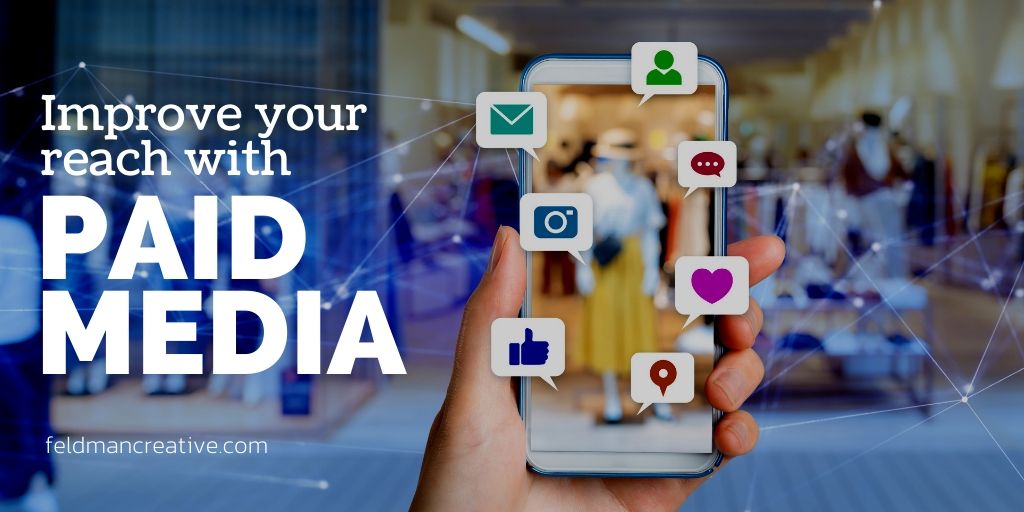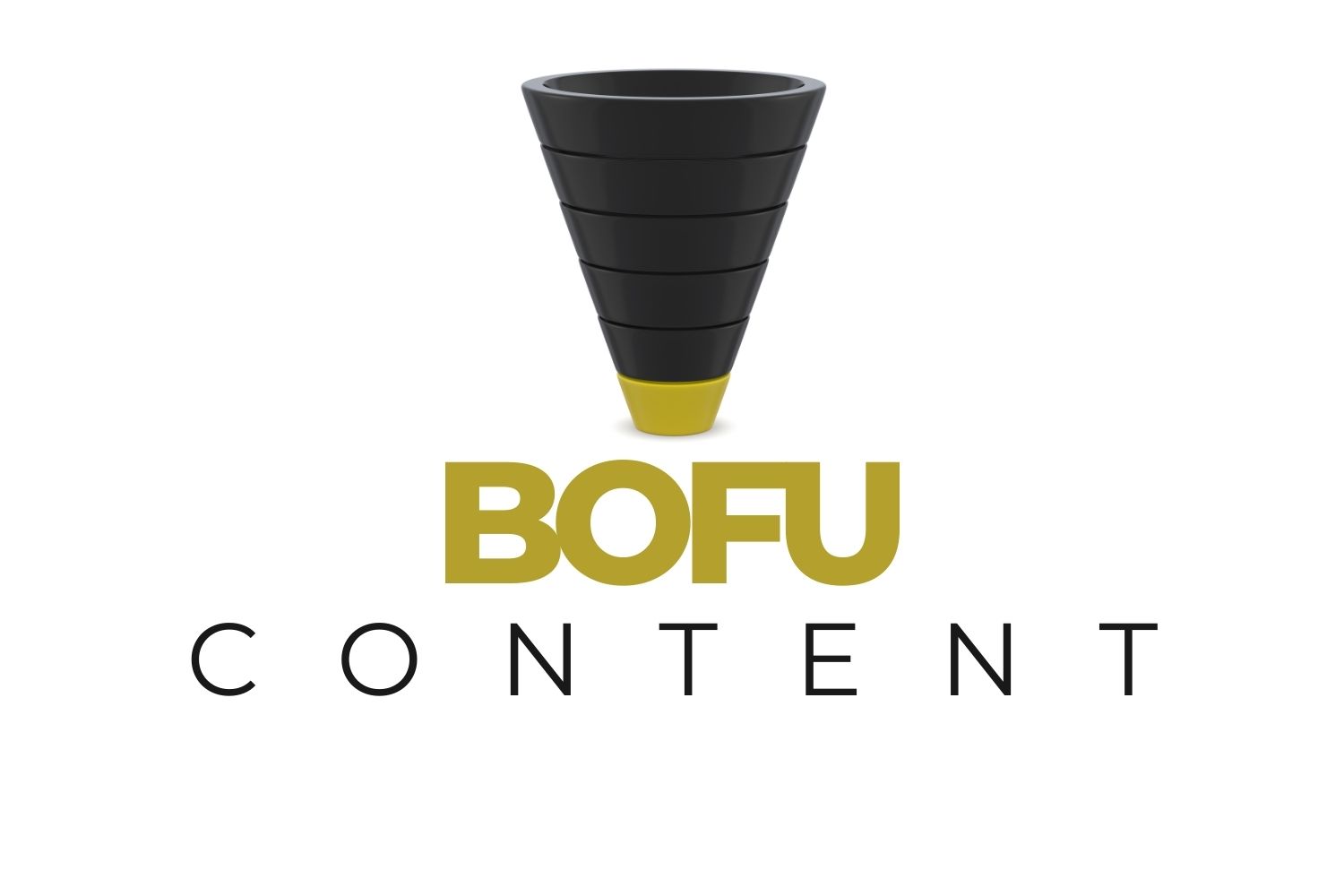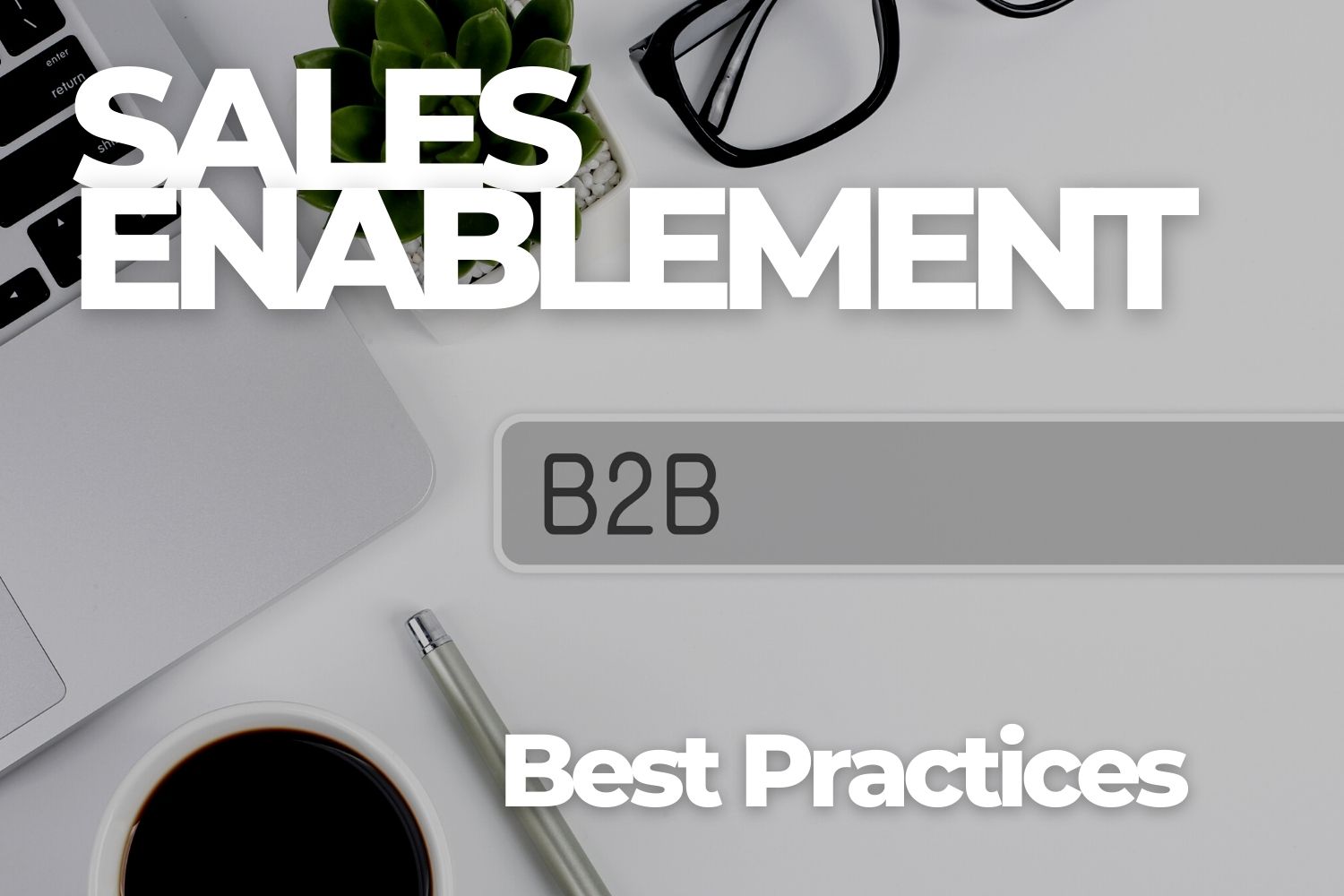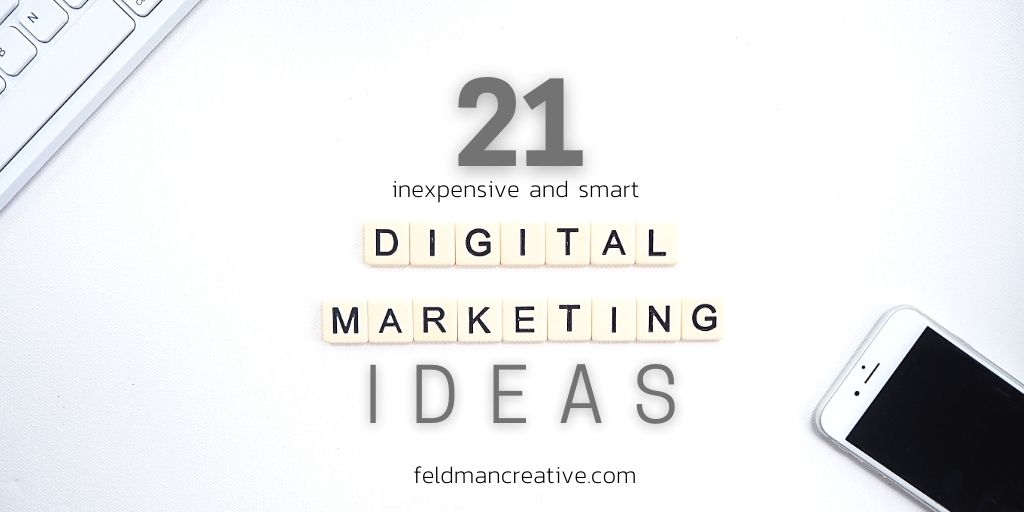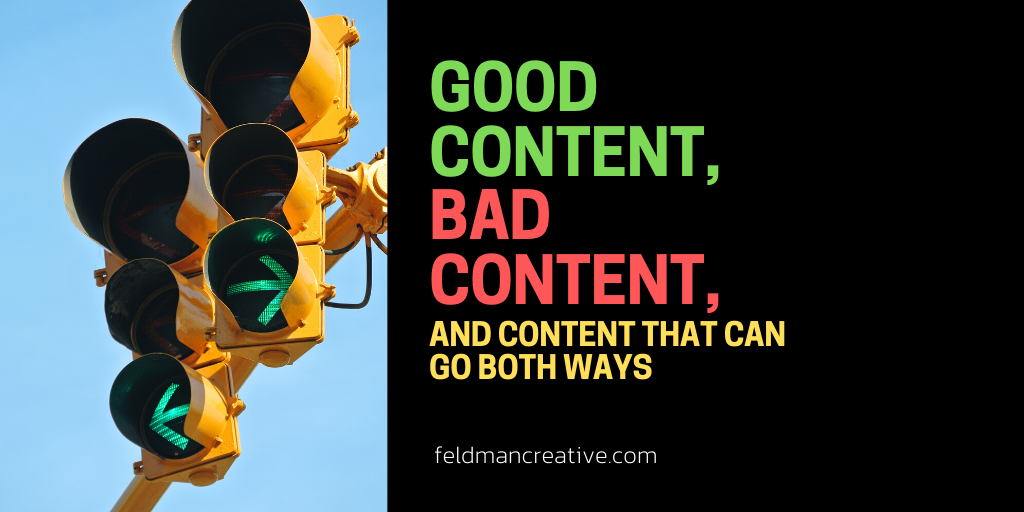Is your content seen by the audience you covet?
An insane amount of content is published on the web each day. Few companies achieve the reach they seek with the standard one-two punch of organic search and social media.
In social, it’s hard and getting harder to create the perception of “signal” in a sea of “noise.” With search, your odds get even longer. Golden though they may be, the ten slots on the first page of a search result are evasive.
The good news is there are many channels you can pursue—and even control—via content distribution with paid media. However, it’s not as though I just revealed some priceless secret. Paid content channels are crowded and competitive as well. Ever-increasing demand for prime screen space is driving digital advertising costs higher.
I’ve written this (beefy) post to help you navigate the paid media content distribution and promotion waters. Whether you’re new to paid content distribution or frustrated by your past efforts to cash-in on it, you’re about to take-in and take-away practical strategies bound to help you achieve more of your traffic, leads and sales objectives.
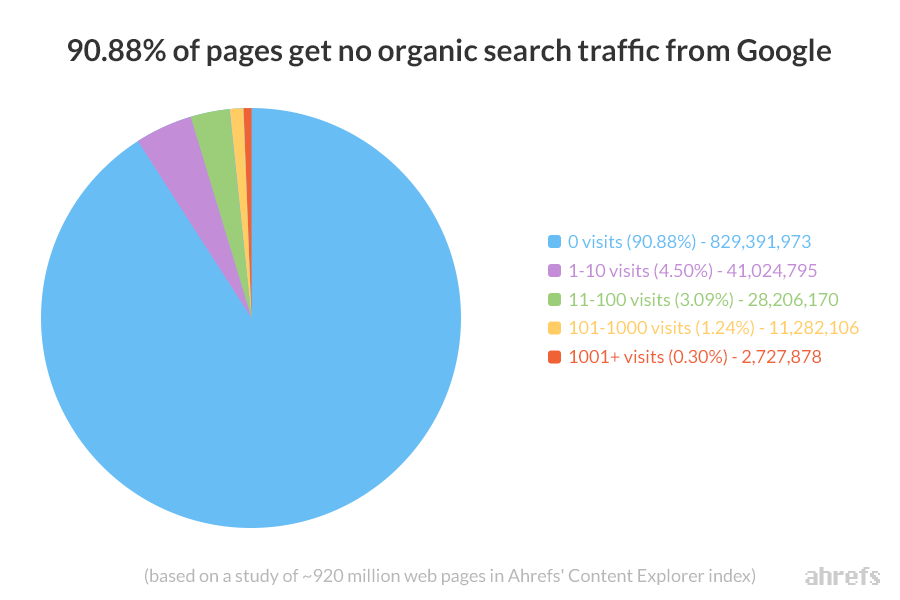
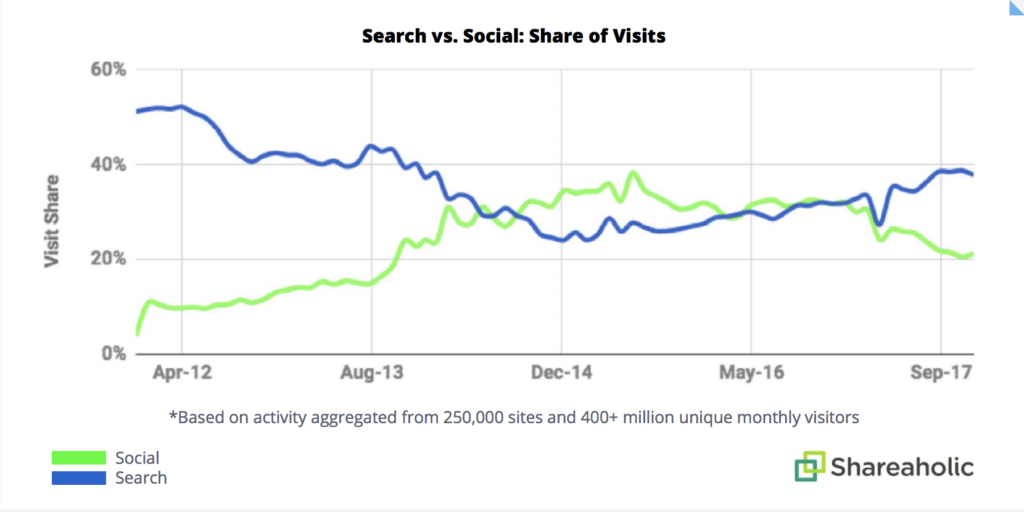
Native advertising: A relatively new frontier in digital marketing
Banner blindness is real. Though banner-style ads still populate web pages, viewers largely ignore them. Recent research considered various placements and sizes for display ads and reported an average clickthrough rate (CTR) across all ad formats as 0.05%. (Source)
Ad blocking’s equally real—and has been on a steady rise the past six years.
But advertising is alive and well in a new form called “native.” It even has its own institute, who we’ll turn to for a definition of native advertising:
Native advertising is paid advertising where the ad matches the form, feel and function of the content of the media on which it appears
Native Advertising Institute
Essentially, native ads look less like ads
They’re not blocked. They don’t disrupt the reading experience. They appear on blogs and news sites and while they compel the notice of viewers, they don’t scream “advertising.” So they work.
- Native ads earn a 9% lift for brand affinity and 18% lift for purchase intent as compared to display banners.
- Consumers looked at native ads 53% more frequently than display ads.
- 25% more consumers were measured to look at in-feed native ad placements (the most common editorial native ad format) than display ad units. (Source)
“Which part of the website gets the most engagement? It’s the editorial stream—the core content areas. So the best place to deliver your ads is where you can natively embed them in your website’s content.”
Neil Patel, Neil Patel Digital
Native advertising increases credibility
Creating a highly credible online news source is no easy task. Even if your content is consistently great, it can take years to achieve the magic combination of traffic and loyalty. Most businesses never get there.
With native advertising, you pay for exposure on someone else’s platform and therefore piggyback on their reputation.
In fact, it works both ways. In a study by IAB and Edelman, its authors write, “Well done sponsored content can enhance the credibility of the site and the site’s credibly can enhance the perceived credibility of the in-feed sponsored content.”
They go on to say, “Users are highly receptive to in-feed sponsored content if it is relevant, authoritative and trustworthy.” (I wish I could tell you it usually is.)
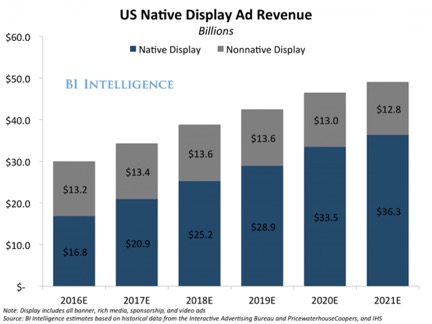
By 2021, native display ad revenue in the US will make up 74% of total US display ad revenue, up from a 56% share in 2016.
(Source)
Content discovery platforms: A proven solution for driving traffic
It should be noted that with the exception of banner/display ads, each of the paid media formats presented in this article qualify as native advertising. Again, an ad qualifies as native if it reflects the form of the organic content (e.g. a Facebook ad).
We’ll begin our review of various native ad formats with its fastest rising star: content discovery.
Content discovery platforms are the recommendation widgets consumers find on publisher websites, most often at the conclusion of an article. Usually ads are displayed, in native fashion, with simply an image and headline.
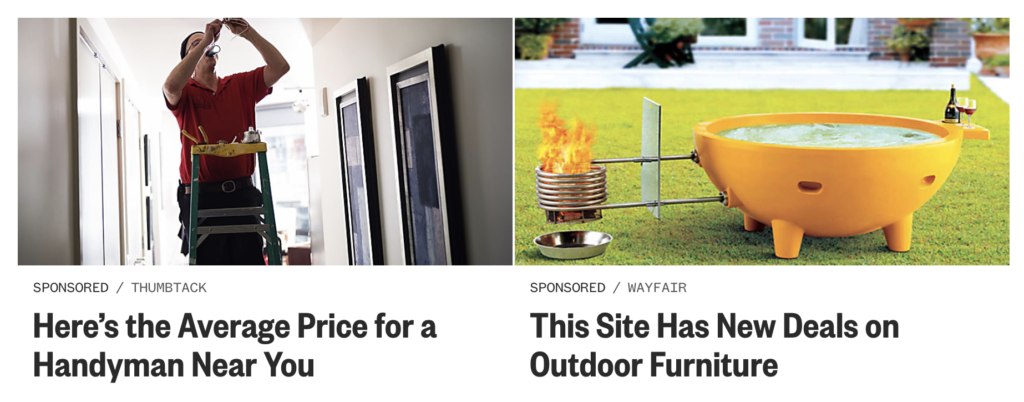
Ad blockers are not an issue. Viewers using ad blocking software will see ads presented by a content discovery platform.
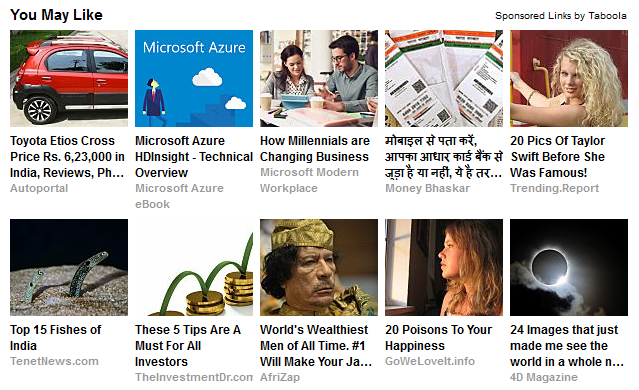
What makes content discovery platforms unique is the massive scale they achieve. See, the term “walled gardens” is used to describe Google and social media networks because they’re closed ecosystems controlled by the operator. Not so for content discovery networks, which might include tens of thousands of publishers.
Make your content meaningful
You can promote any content you choose via content discovery networks. Consequently, far too many brands put their money behind “click bait” content offering sometimes fun, but usually lightweight features.
Genuinely helpful content works best.
“Ads are for stuff. Discovery platforms are for content. They’re particularly effective when it comes to getting new eyes on B2C content or expanding a niche B2B blog to reach new leads and prospects.” Source
- Most people would rather learn about a company through articles than ads
- Recommended articles should not be paid ads disguised as editorial content
Performance-based content promotion
Content discovery ad buys are programmatic, so they’re rapidly moving toward giving ad buyers on the open web greater targeting and personalization capabilities.
As such, the most effective content discovery networks are performance-based. Advertisers pay only when people actually click and can take advantage of powerful data resources to continuously optimize cost per acquisition (CPA).
Your paid media campaigns are therefore:
- Transparent—You have easy access to detailed audience data.
- Accessible—It’s simple to create campaigns targeting focused segments.
- Performance-based—You can see how audiences engage with their content and gather all relevant metrics, including CTR, CVR, and CPA.
Content sponsorships: Where brands and publishers become partners
Sponsored content is another form of native advertising. Generally, a brand and publisher establish a direct relationship, create content, and present it in-line with the publisher’s content feed.
While it most often takes the form of editorial articles, multimedia tactics can also be within the realm of this form of advertising. Sponsored content types might include:
- eBooks and white papers
- Infographics
- Interactive content
- Video
- Podcasts
Note, publishing partnerships can go even further than any one individual media type listed above and deliver co-branded microsites. For instance, here’s an example of a robust microsite from GE and the New York Times.
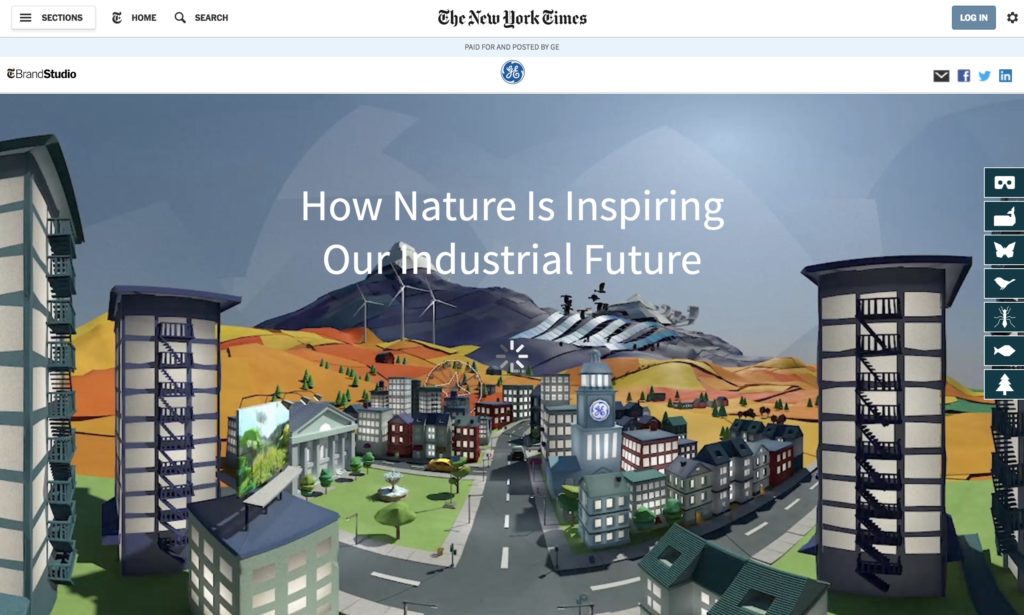
Because sponsored content appears on publications people go to for news, education, and entertainment, it can increase the trust factor for your brand. Sponsored content also tends to achieve high click rates because it blends in so well with the page on which it’s presented.
Where can you place sponsored content?
You name it. Prominent publishers include Forbes, New York Times, The Atlantic, Washington Post, and Wall Street Journal. Actually, the vast majority of publishers have embraced sponsored content in recent years.
What’s sponsored content cost?
The fees for sponsored articles are difficult to generalize. There are no industry standards. Nearly every publisher maintains their own criteria for validating the costs of sponsored articles.
In 2014, Relevance’s Chad Pollitt created the Media Buyer’s Guide to Sponsored Editorial Content and in the eBook he presented the many factors publishers may use to set prices.
Two factors likely to create extra costs—are:
- Content promotion—Content promoted via the publishers’ channels might include social media, e-newsletters and additional ad units.
- Content creation—The time and effort required from the publisher’s editorial staff is a wild card. The question is, who’ll create the content?
“Most major media publishers now offer a content development team that is separate from their editorial team. They all have slightly different names—the custom studios team, branded content team, custom content solutions team—but they all do essentially the same thing: offer a full spectrum of customized content solutions, including videos, infographics, whitepapers, research and more.”
(Source: AdAge)
Yes, production costs are likely to represent a higher percentage of the overall budget than advertising. Of course, the effectiveness of the sponsored content campaign is tied to its quality.
Finally, understand recurring sponsorships perform best. If you’ve selected your outlet wisely and delivered great content, you’ll benefit from having a steady platform to tell your story.
Since 2012,
Purina has collaborated with Buzzfeed to produce and distribute the now famous
“Dear Kitten” sponsored video series. With over 50-million views, audiences
around the world love “Dear Kitten.”
Pay-per-click: The search engine option
Pay-per-click (PPC)? Search engine marketing (SEM)? Confused? I feel you.
PPC could (and often is) used to describe a variety of content promotion strategies across digital channels, including social. Technically, the term describes the billing structure. You pay per click.
And then there’s SEM, which can describe both paid and organic strategies for appearing on search engine results pages.
This section is specifically about paid search.
Since 2000, Google AdWords has by far been the dominant service in paid search. More than 2.3-million searches are conducted on Google every minute.
Just in case you’re not confused enough, in 2018, Google chose to retire the brand AdWords. It’s now Google Ads.
And, yes, Bing—and the sites powered by it (Yahoo, MSN, AOL)—operates a similar advertising service.
Now let’s look at how to cash-in on paid search for content promotion.
A quick primer on Google Ads
Google Ads appear in search results on Google and other websites that participate in the program. They are presented at the top of the page, bottom, or both. Unpaid, or organic search results, appear between.
The text-based PPC ads are as native as can be and reveal themselves as paid placements with small box that reads “Ad.”
However, though they look virtually the same as organic results, they rode in on much different trains:
- Brands paid to present their ads. You can achieve top billing in minutes.
- Brands did not pay for organic rankings. They earned them. Earning high search rankings organically is not easy, nor is it usually fast. For billions of searches, Internet titans rule organic search.
Suffice to say, SEO is slow; PPC is not.
Google claims businesses make $2 in income for every $1 they spend.
Experts often claim PPC caters more to buyers than browsers:
- For high commercial intent searches (someone looking to buy a product) paid ads get 65% of all clicks. (Source)
- PPC visitors are 50% more likely to purchase something than organic visitors. (Source)
Results, of course, will vary.
Google Ads (Bing too) works on an auction system, which takes place every time a user performs a keyword search. The auction is focused around the keywords you choose to target relevant searches and the bids you place on them.
What content should you promote on PPC?
You might use a portion of your PPC budget to test new content, however the majority should be allocated to promoting your most educational and compelling stuff.
Look to promote content that includes actionable offers likely to turn first-time visitors into leads or subscribers. An educational offering, or lead magnet, such as a guide, e-course, webinar, assessment or checklist might be ideal. The idea, of course, is to help visitors solve the problem that inspired them to use a search engine.
Examine your website’s data to learn which offers garner the most engagement and highest conversion rates.
Ask yourself: Is this a good piece of content to nurture and push leads through the buying journey?
PPC ROI is about perpetual refinement
Ultimately, your PPC marketing campaign will serve you increasingly well as you take actions to improve your click-through rate (CTR), grow your list of targeted keywords, and reduce your cost per conversion. Getting there requires clearly defining your goals.
PPC is inherently rich in metrics. Your goal is to perpetually increase efficiency as measured by the cost metrics. As you optimize your keywords, ads, and account structure, you’ll measure campaign performance and work toward reaching your goals.
It’s easy to get started with PPC. However it can be hard to keep up with it. Plus, running multiple campaigns is bound to get tricky and technical. If you’re battling for highly competitive keywords and aiming to perpetually improve ROI, you’ll benefit from enlisting the help of PPC pros.

Facebook advertising: Social media’s largest audience
No thorough discussion of content promotion options can exclude the fast growing behemoth that is Facebook advertising. Thanks to its reach of 2-billion-plus members, Facebook is the most advertised-on social media platform.
It’s widely understood changes in recent years to the Facebook algorithms have significantly decreased organic distribution for brands and publishers. As a result, many turn to paid content distribution.
Running promoted posts on Facebook guarantees your content gets more eyeballs and allows you to target your ideal audience.
Facebook offers a variety of ad formats
The choices you make when promoting content via Facebook ads begins with selecting from a myriad of ad formats:
- Video
- Image
- Collection (catalogue style)
- Carousel
- Slideshow
- Canvas (fullscreen experience)
- Lead generation
- Offers
- Post engagement
- Event responses
- Page likes
Note also that Facebook is the parent company of Instagram so some of the formats and advertising options apply to Instagram.
Getting started with Facebook ads
The list of ad formats above may appear a bit intimidating, however Facebook presents a friendly face to advertisers. Once in the Facebook Ad Manager platform, you’re prompted to select a primary campaign objective.
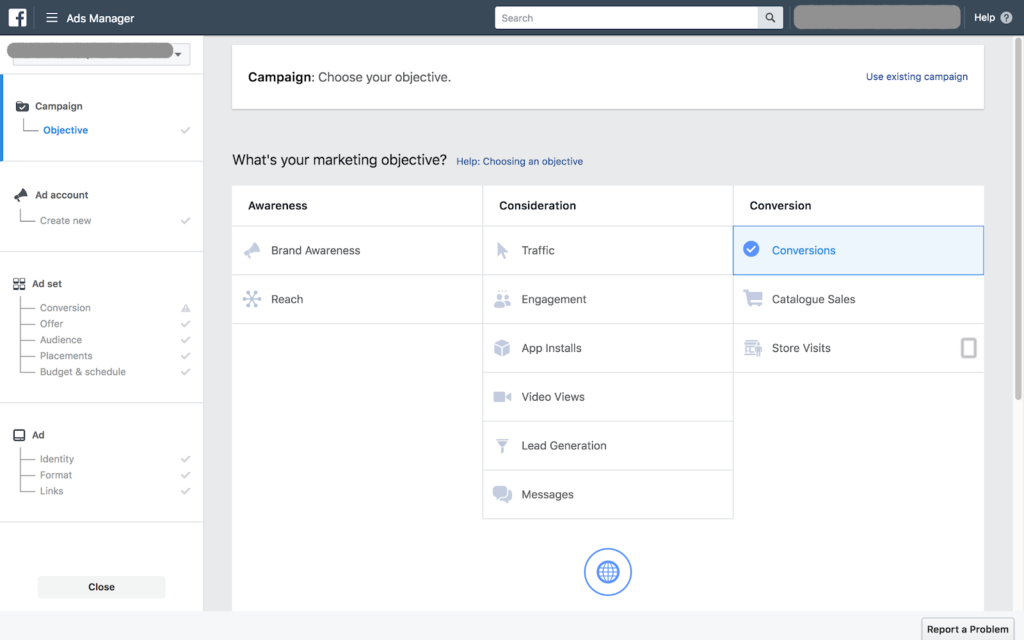
Once you choose an objective, the ad system shows you the best options. It also provides Facebook’s algorithms with useful information to better target your audience and improve results.
The targeting process
Facebook’s ad programs are well reputed for their audience targeting capabilities. Your choices will include:
- Custom audiences—Targets specific users from your email list, users who have taken certain actions on your site, your Facebook page, or Instagram’s business profile
- Lookalike audiences—Replicates qualities from your custom audience
- Demographic targeting
- Location targeting
- Interest/behavior targeting
- Connection targeting—Determines if you want your ads to be shown to users who are or are not connected with your brand
Subsequently, you’ll choose where you want your ad to be displayed. Choices include placement options on Facebook, Instagram, the audience network (an in-app advertising network for mobile apps), and Facebook Messenger. Additionally, you’ll select the devices with options to choose mobile, desktop or both.
The budgeting process
Facebook advertising can cost much less than paid search. In fact, you can start with as little as $1 per day.
In the budget and schedule section of the Ad Manager, you’ll choose your budget, schedule the ads, and fine-tune the campaign with options to optimize ad delivery and bidding.
Facebook offers multiple payment structures including:
- Cost per click (CPC)
- Cost per like
- Impressions (CPM)
- Cost per action (CPA)
Spending smart on Facebook
Facebook advertising cost is determined by:
- Audience
- Relevance
- Estimated action rate
Costs will vary per a wide variety of factors including seasonality, competition, placement and the target audience selections you make. An ad targeted to a specific audience is likely to be more relevant, which causes the audience to interact, and ultimately increase your ROI.
Monitor your campaigns with the Facebook Ad Manager looking for crucial metrics such as CPC, frequency, relevance scores, and number of actions taken.
You’ll also want
to keep your ads fresh. Change them up frequently with different images and
copy and continue testing.
“As your audience gets to know you better, you want to serve your message in engaging and different ways. So run campaigns using a particular trend for a month or two and then choose a new trend to use.”
AdEspresso Facebook Advertising Playbook 2018
Finally, you’ll
optimize your ROI more effectively by focusing on one objective per campaign.
Avoid asking the viewer to take multiple actions. Confusion results. Instead, to achieve higher conversion rates, create
more ads—each with a single focus.
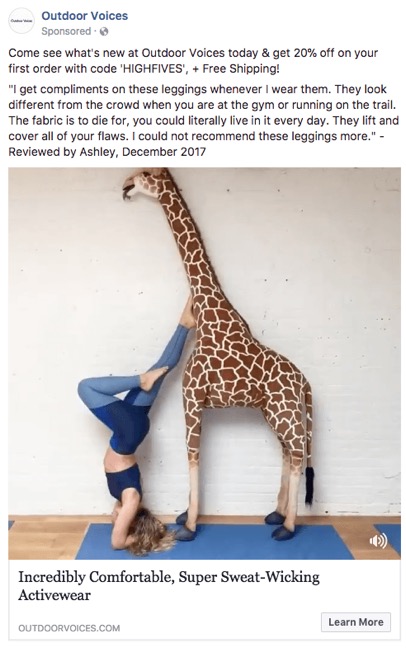
Instagram advertising: The king of mobile
Instagram is the king of mobile and an astounding study of explosive growth as a social media advertising channel. From 2016 to 2017, ad volume and sales doubled.
Why has the app enjoyed such success from ad sales? Engagement rates are off the charts.
- Forrester research reports consumers are 58x more likely to engage with branded content on Instagram compared to Facebook
- 80% of users follow a business on Instagram
- Engagement with brands is 10X higher than Facebook
- Visitors from Instagram stay on a site for an average of 192 seconds, longer than visitors from every other channel
- 90% of Interbrand’s Top 100 Global Brands use Instagram
Instagram’s unique
Instagram’s primarily a mobile app. Its ad experience is entirely unobtrusive, however it’s a visual-first channel. Success depends on recognizing you’ll only call attention to your content if you think visually.
Here are some additional tips for improving your success with Instagram:
- Test different ad formats and conduct split tests.
- Include closed captions for videos because ads start without any sound and may be watched without it.
- Utilize segmented lists to create laser-sharp messaging that will resonate with each.
- Remember the focus is on the visual.
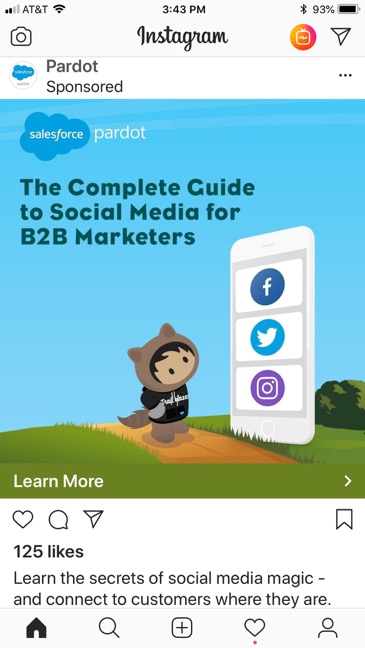
For obvious reasons, many advertisers think of Instagram as a channel for consumer content, however smart B2B marketers sponsor content in the feed.
LinkedIn advertising: The B2B play
According to the 2017 version of the LinkedIn marketing guide, 94% of B2B marketers use LinkedIn as a content distribution channel and more than half of all social traffic to B2B sites comes from LinkedIn. They also report content gets 15 times the interaction of job postings.
Like Facebook and Instagram, LinkedIn has a powerful ads program. Unlike the highly popular general-purpose social platforms, LinkedIn is highly useful for promoting business-to-business content to decision-makers.
A HubSpot study revealed traffic from LinkedIn generated the highest visitor-to-lead conversion rate at 2.74%, almost 3 times higher (277%) than both Twitter (.69%) and Facebook (.77%).
LinkedIn offers two basic pricing models: CPC and CPM. For sponsored content, LinkedIn recommends a minimum audience of about 300,000.
LinkedIn’s paid advertising programs include:
- Sponsored content—A normal post you boost with your ad budget
- Sponsored InMail—You send customized private messages to users
- Text ads—Ads include brief copy and a small image and are presented atop feeds and in the sidebar
- Video ads—Appear in users’ feeds and auto-play silently by default
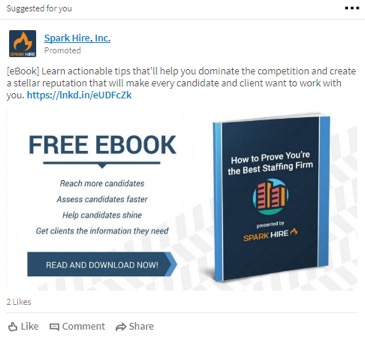
Higher prices, higher returns
LinkedIn’s ad costs are generally higher than other platforms, but conversion rates are too. Following are tips for achieving better results:
- Pay close attention to your analytics. Use the LinkedIn ads Campaign Manager to track impressions, clicks, costs, and other metrics.
- Test different versions of each LinkedIn ad to see which one generates the best results.
- Test and optimize CPC bidding against CPM bidding to determine which option drives the best cost per lead/conversion.
Twitter advertising: A potential dark horse
Twitter doesn’t rank in the top 10 websites for daily visits. It’s rare you’ll find ad experts raving about Twitter advertising and most don’t think of it as a paid content promotion platform.
But don’t go away. We’ll cover Twitter because it can indeed be a viable channel for paid content distribution for many brands, possibly yours. After all, the majority of companies use Twitter and the majority of Twitter users follow brands.
So Twitter is probably not where you want to start your advertising efforts, but you may want to experiment with the platform. The more touchpoints you make with your content distribution, the better. Sprout Social endorses Twitter ads pointing out they are subtle, highly customizable and cost-effective.
And there is this: more than 67% of those users are likely to purchase from a brand they follow on Twitter.
Your Twitter ads options
On Twitter you pay for specific user actions. You can choose from actions including clicks, acquire new followers, engagement, app installs, leads or video views.
Following are some tips to increase the ROI of your Twitter ad budget:
- Fees—Set a daily maximum payment or a total campaign budget to control your costs. You can compare your campaign to costs paid by similar businesses. Twitter also recommends budgets for different types of campaigns.
- CTA—Be clear exactly about what you are trying to achieve. Don’t overdo the hashtags and links.
- Cards—Create a card with the Twitter ads manager. You can add a preview of your website, app download option or take advantage of other options. Twitter stats suggest promoted Tweets that include a card get more than 40% more engagement.
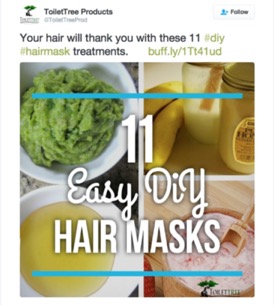
Promoting helpful resources via Twitter advertising can work for consumer and B2B brands.
P
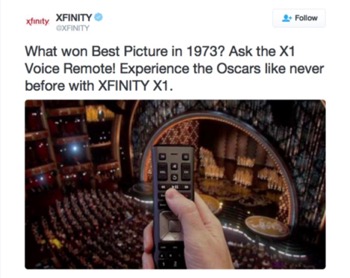
Pinterest advertising: Where the shoppers are
Pinterest is hardly the giant Facebook and Instagram are. However 61% of its users (that are 80% female) have discovered new brands or products from Promoted Pins. Half of the pinning population has made a purchase after seeing a Promoted Pin.
According to the social media experts at Hootsuite, Pinterest is more popular than Instagram among U.S. baby boomers and moms, which makes the channel worthy of a percentage of your budget if you’re targeting these demographics.
Pinterest offers the following types of ads:
- Promoted pins—Regular pins are promoted to reach a larger audience. The “Promoted” label goes away when a user repins the post.
- Promoted video pins—Promoted video pins appear in the news feed, search results, and the “More like this” section, and play automatically.
- One-tap pins—These ads take users straight to a website (as opposed to a close-up of the pin).
- Promoted app pins—These are specifically for app providers and make app installation easy and instant.
Tips to make your Pinterest posts pay
Pinterest uses a simple CPC bidding system. Costs are bound to be less expensive than the other platforms reviewed in this eBook. To get more from your investment, consider the following:
- Before you pay to promote pins, it’s wise to test them organically and promote the pins that appear to be getting some traction.
- For ideas, look to www.pinterest.com/topics/ and conduct keyword research. You’ll discover how many people follow the topic. Take advantage of the “related terns” suggestions provided.
- Make sure, of course, your images are attractive. Blocks or tiles of multiple images perform well.
- Use Pinterest analytics to discover how many people are clicking on your pins, doing close-ups, and how many repins or saves your pins generate. You can also learn more about your audience here.
- Five variations of rich pins enable you to pin more than just an image. “Article pins” are especially useful for content promotion and allow you to information such as author, link and headline.
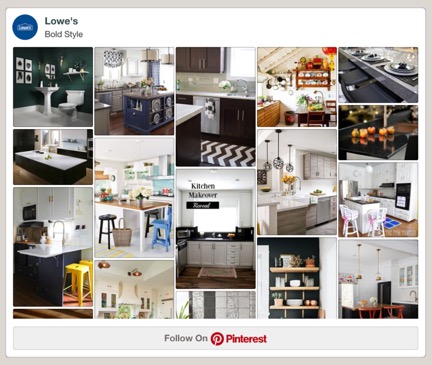
“Video Pins enable our
customers to discover new DIY ideas in an entertaining format,” said Savannah
Samuelson, Social Media Manager at Lowe’s. “Beyond the video, Pinners are also
given step-by-step guidance and insight into products used in home improvement
projects.”
Banner ads: The web’s billboards
You’d have to look hard to find data that makes a case for banner ads generating clicks. The average click-through rate on a 468 x 60 banner ad is 0.04%.
How terrible is that? It’s up to you. To put in it context, TV spots have a 0.05 percent response rate and billboards have a 0.03 percent response rate.
So… 996 times out of 1,000 times banner ads don’t clicked. Are they a waste of money?
Perhaps not. Banners may be thought of as weak conversion drivers, however they have the potential to boost awareness and brand equity. You might think of banners as brand-building billboards.
“Clickthrough rates miss a lot of attribution of people buying products.”
~ Julian Cole, head of communications planning at BBDO
BBDO recommends the following for executing effective banner ads:
- Communicate fast—Viewers don’t “watch” banners. Make sure your banner helps viewers instantly recognize your brand.
- Simplify—Stick to one benefit. Make your banner visually simple. Keep your copy to 5–10 words and avoid complexity.
- Stay on brand—Maintain consistent colors and typography. Tone is also key. Reinforce your brand’s personality.
- Trigger the campaign—Create recognition using clear cues jive with the campaign’s overarching creative strategy.

Conclusion: Your content distribution options are many
As I said atop this post, most content can be likened to trees falling in the forest and not making a sound. It doesn’t have to be that way.
Putting some money down on your content distribution and promotion with paid media gives you control over its exposure and drives traffic to your landing pages.
But that doesn’t mean it’s easy. Your brand—and the many companies you compete with—have access to same media outlets. The secret to success lies in experimenting with various distribution options, tuning it to how they perform, and making refinements to increase ROI.

